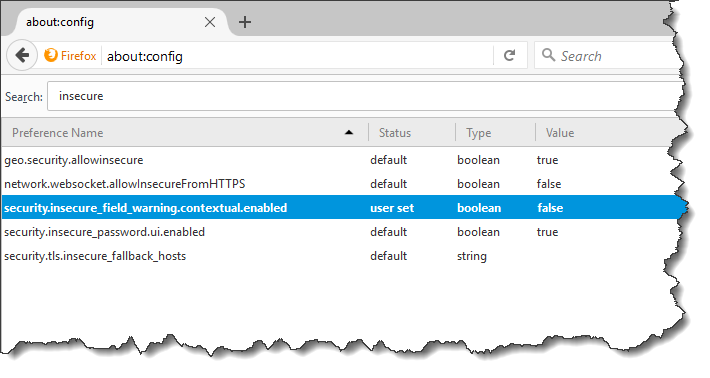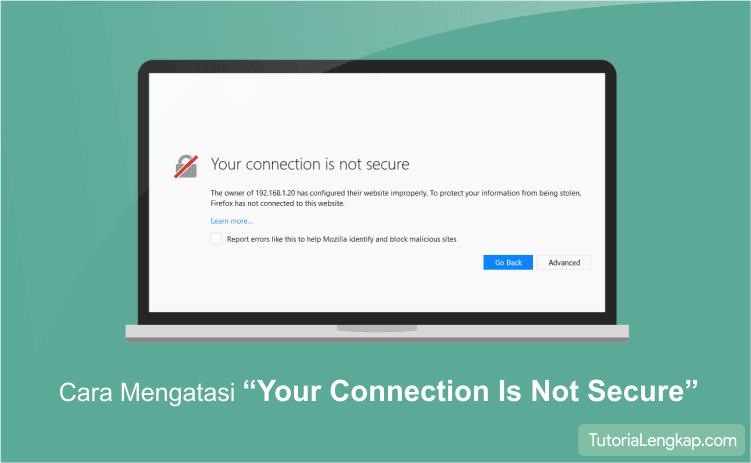

Instead of being visible at the beginning of the address bar, Mozilla moved the detail to the "Site Information" panel available when clicking on the padlock icon.īy doing so, Mozilla wants to still provide this information for those that want it and hide it for the majority of the users that do not need it, says Mozilla Firefox developer Johann Hofmann. However, they carry no value from a security standpoint since they encrypt the connection the same way as other certificates, only they are more expensive.Ĭhrome already did it and the same is going to happen in Firefox 70. Their original purpose was to increase the level of trust a visitor would have in the website they accessed. When enabled, the shield is gray and a disabled state shows it crossed by a line.Īs a result of recent discussions about the security value of Extended Validation (EV) certificates in a prominent position in the address bar, both Google and Mozilla decided to remove them from that spot.ĮV information shows the owner of the certificate that encrypts the communication between the client and the server. The next iteration will make the status of these protections more visible.Īn icon in the address bar before the URL will show if these protections are enabled, at work, or turned off.Īctive protections on a loaded page is marked through a purple gradient shield that displays a very subtle animation. Fingerprinting and cryptominer protectionsĭefault protection for third-party tracking cookies and cryptomining activity was introduced in the current version of the browser.

Google Chrome gave up on the 'Secure' indicator for TLS sites in version 69, released a little over a year ago. In this context, placing the focus on insecure connections serves a better purpose. Telemetry data from Let's Encrypt Certificate Authority reveals that close to 80% of Firefox users load HTTPS pages. Starting Firefox 70, the crossed-out lock, a negative indicator currently displayed for insecure login pages, will also be visible for websites delivered through an insecure protocol like HTTP or FTP. Graying out the green lockĪs a large part of the websites loaded by Firefox are using the secure HTTPS transport, Mozilla will embrace the norm in the next release of its browser and take the color out from the green lock icon that now shows a TLS connection. The changes fix on the icons indicating an in/secure connection, site identity, as well as tracking and cryptomining activity. The next Firefox major release will update the security indicators in the address bar and add a privacy icon to signal privacy threats on loaded pages.


 0 kommentar(er)
0 kommentar(er)
